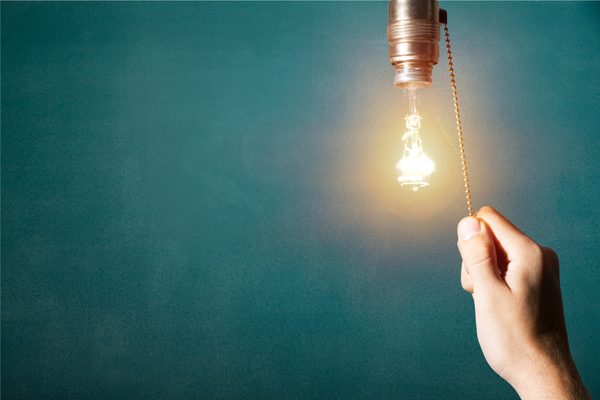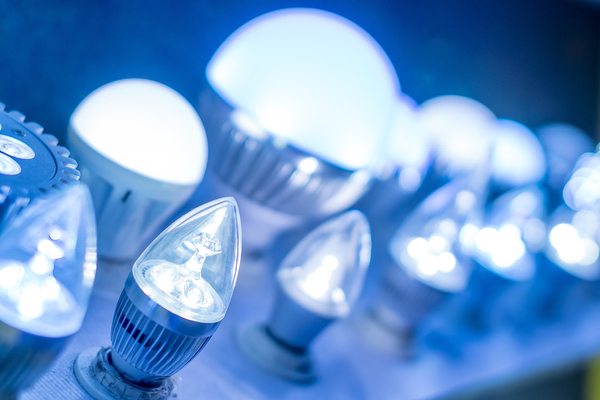In a bid to save energy, LED light bulbs have replaced older types of bulbs. But are they affecting your sleep? Angela Kennedy investigates.
When the clocks go back at the end of October, you can light up your living room with the flick of a switch. Having light at home is a convenience everyone takes for granted. Yet electric bulbs have only been illuminating homes on a nationwide scale since the 1930s, when the national grid began operating (1). But from the moment the lights came on, electric bulbs transformed society, offering safe, bright and reliable light.
Another lighting revolution has been happening more recently. Over the past decade, less energy-efficient types of bulbs – incandescent and halogen – have been phased out in the UK for domestic use. A popular replacement is light-emitting diodes (LEDs). An environmentally friendly alternative, these small bulbs use minimal energy and produce very little heat, making them extremely energy efficient.
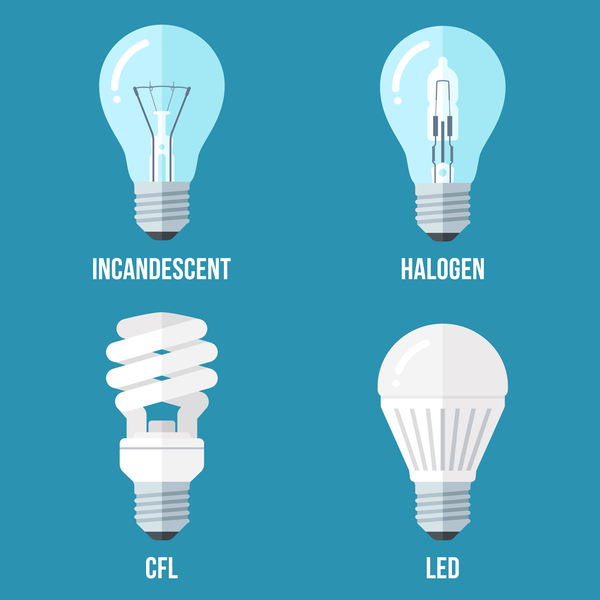
‘LED lighting uses far less energy than older bulbs. A 50-watt halogen bulb can be replaced with a 7.5-watt LED bulb and produce the same or higher quality of light,’ says Jamie Rogerson, an electrician and owner of Seven Electrics, based in Cheshire.
‘LEDs also last much longer. From 20,000 hours to about 50,000 hours; compared with the old halogen bulbs, which would generally last for 1,000-2,000 hours. This energy efficiency means less power is required to run them, reducing greenhouse emissions from power plants, and saving you money on your energy bills.’
Toxic components of LED bulbs
However, concerns have been raised about the toxicity of the LED light bulbs you have in your home. Eight times the legal limit of lead, a neuro-toxin, was found in red LED bulbs, such as Christmas tree lights, along with arsenic, according to scientists at the University of California. While white LEDs were found to contain another heavy metal, nickel, which can cause allergic reactions in as many as one in five people (2).
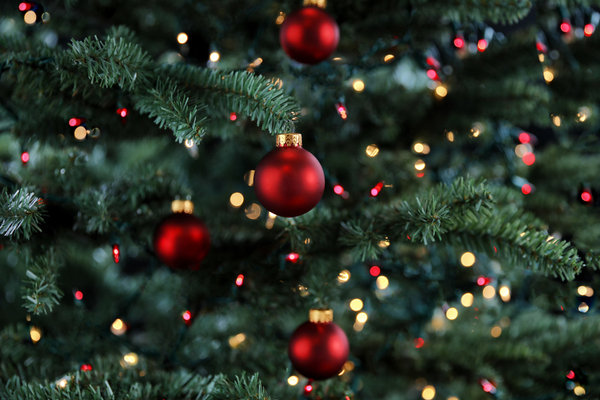
But to put these findings into perspective: ‘Newer LEDs tend to come in shatterproof bulbs so they don’t break easily. Any arsenic and lead inside LEDs is usually entombed in plastic, so you have very little chance of ever being exposed,’ says Rogerson. So LED lights are a good choice for protecting the environment and, as long as you’re careful, you won’t be exposed to the toxic chemicals they contain (see recycling tips below).
LED exposure over the long-term
But do LEDs have a darker side for health? In the winter months, much of your day, as well as your night, is spent under the glow of artificial light. So what effect does prolonged exposure to LED light have on your health? Evidence has linked it to a significant increase in risk of developing breast and prostate cancer, in a recent study from the Barcelona Institute for Global Health (3). So why might this be happening?
It’s all linked to sleep disruption. Most LED light bulbs emit blue light, with bright white ones giving off the most. Blue light is short, very high-energy wavelengths of light, found naturally in sunlight. It’s what makes the sky look blue and it helps you feel awake and alert. It’s beneficial.
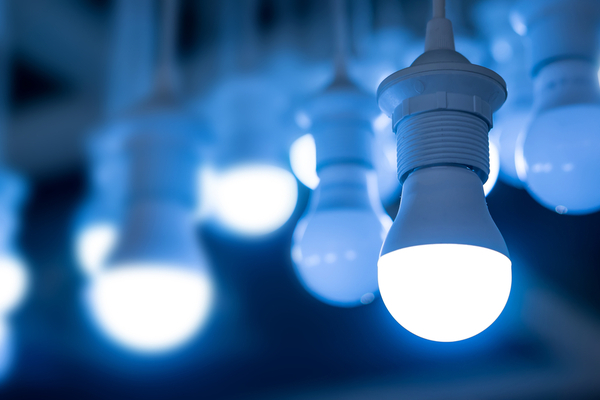
But exposure to artificial blue light at night-time from LED lights and electronic devices might be disrupting your biological clock, which could cause hormone imbalance, leading to increased incidence of cancer, speculated the scientists from the Barcelona Institute.
Timing is key: blue light is the signal to your body to wake up, so if you are sitting under a blue light-emitting LED bulb or staring into a smart device all evening, your body’s natural wake/sleep cycle, called your circadian rhythm, might be disrupted.
‘You need blue light during the day and an absence of blue light at night,’ explains leading sleep expert, Dr Neil Stanley.
‘Old types of light bulbs are very yellow in their colour spectrum, which is the shade of light your brain interprets as sunset, meaning it’s time to go to sleep. But domestic LED lights can be very bright, cold blue-white, which your brain interprets as daylight. So blue light suppresses the production and release of melatonin, the hormone that signals to your body it’s time to sleep. Blue light exposure in the evening makes it more difficult to fall asleep and makes your sleep quality poor.’
Health hazards from poor sleeping
Sleep disruption is a serious health concern, linked to cancers, diabetes, obesity, depression, Alzheimer’s, heart disease, stroke, and poor concentration.
‘Blue light is a new part of the picture for sleep. It’s not yet known what the health consequences might be of sitting under LED lights in a brightly lit office all day, especially when it’s dark outside during winter. The science is still catching up. But being under bright, artificial light disrupts your natural response and whenever we go against nature it’s not usually healthy,’ says Dr Stanley, author of How To Sleep Well (£7.77).
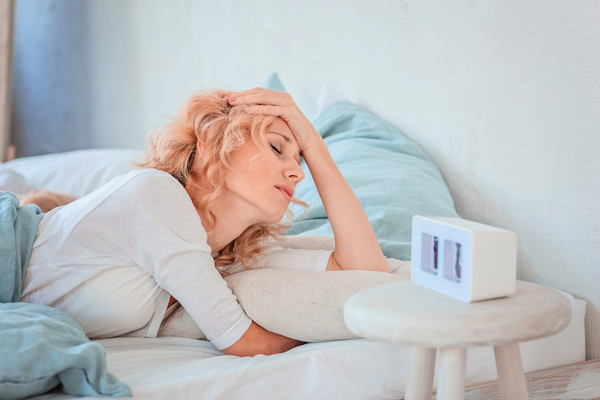
Exposure to blue light may also cause problems for your eyes and vision, with a French government health authority warning LED exposure limits should be revised as LEDs could damage your eye’s retina (4). ‘Human eyes are not very effective at blocking blue light. So when you look at an LED light source, such as your phone or computer, the blue light passes through your eyes into the retina, potentially damaging it, resulting in vision loss or prematurely ageing the eyes.
The amount of blue light you’re exposed to from devices is a fraction compared to that from the sun. Although, being so close to blue light for long periods of time may increase the risk of retinal damage,’ says Dr Diana Gall, a GP with online doctor service, Doctor4U.
Eye problems from blue light exposure
‘Blue light is likely to cause eye strain and make eyes feel more tired,’ she explains. ‘And faulty LED lights are particularly prone to flickering which puts further strain on the eyes and has also been linked to seizures’ (in people with photosensitive epilepsy) (5).
So energy efficient LEDs are good for the environment but, perhaps, not so great for your health. The picture will become clearer as more science emerges. But there’s no need to throw away your bulbs, just take the sensible precautions listed below.
Why blue light is also bad for skin
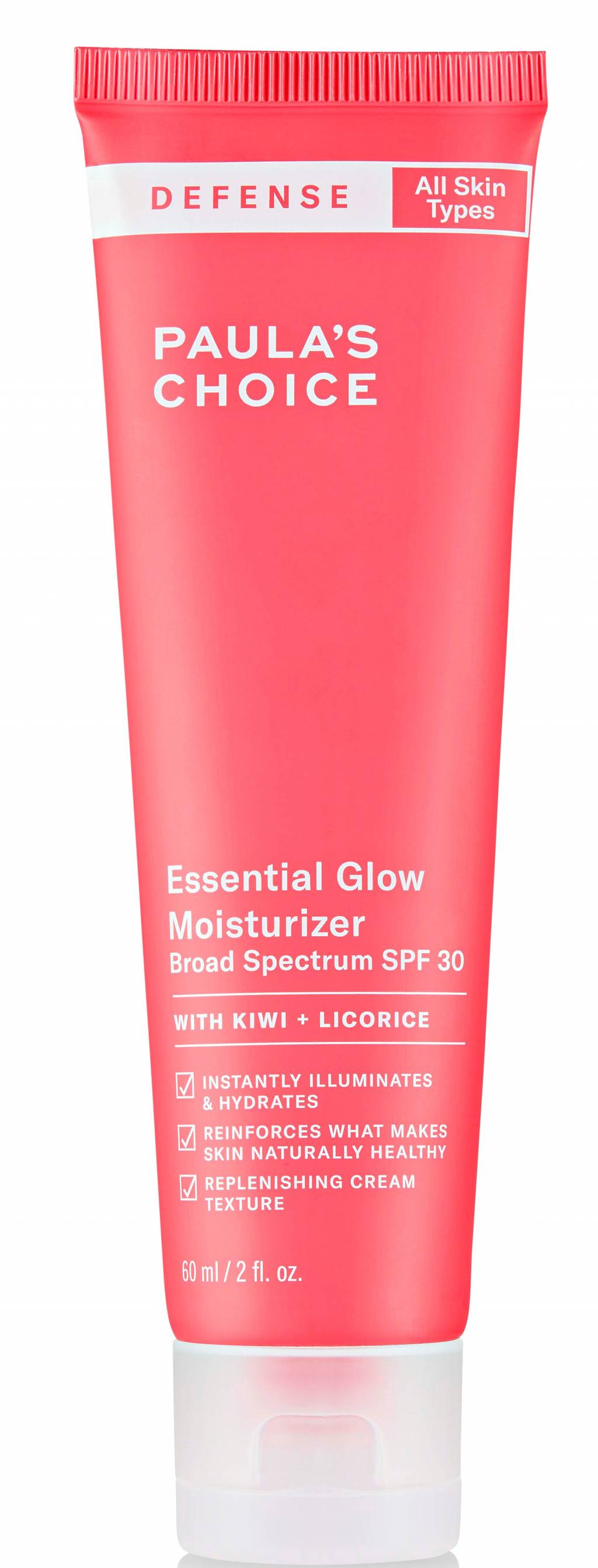
Blue light from sunlight and LED bulbs and smart devices can impact your skin, too.
‘Blue light generates free radicals, like those created from UV light, through oxidative stress, which breaks down the collagen and elastin in your skin. Loss of collagen and elastin leads to wrinkles and less skin elasticity. Uneven skin pigmentation and age spots may occur as blue light can affect melanogenesis, which is the production of pigment in skin cells,’ says Dr Jonquille Chantrey, a Cosmetic Surgeon and International Aesthetic Lecturer. ‘However, it can also be beneficial if used correctly.
Blue light therapy is blue light generated by specialist medical devices, thought to penetrate the skin at different levels to cause a number of positive reactions, such as reducing harmful acne-triggering bacteria on the skin.’
An increasing number of skincare brands are formulating moisturisers with blue light-deflecting tech. Defense Essential Glow Moisturizer SPF 30 (£30, see right) is a lightweight moisturiser containing SPF and plant antioxidants, including kiwi fruit extract, argan oil and liquorice root extract to form a shield to protect against blue light, UV rays and pollution.
5 ways to protect your health
- Switch off. Avoid sources of blue light for two hours before bed. That means switching off blue light-emitting devices, such as phones, TVs and laptops. Read a paper book instead! Swap harsh white LED light bulbs, which emit the most blue light, for warmer toned LEDs with less blue light. Yellow and orange are best for night as they mimic the colours of sunset, which signals sleep to your brain. And invest in a dimmer switch to turn down the brightness of lights in your home as this turns down the blue light, too. Also use lampshades to reduce glare from light bulbs.
- Clean up safely. If you accidentally smash a LED light bulb, open a window and get all pets and people out of the room for at least 15 minutes. Then wear protective gloves and a mask while you sweep up the broken bulb. Seal the waste, gloves, mask, brush and any clothing that has come into contact with the bulb into a dustbin bag. Contact your waste management company to ask about disposal for materials that are potentially contaminated with lead and arsenic. Special care should be taken with red LED lights, such as decorative garden lights or Christmas lights, as red LEDs are often made with aluminium gallium arsenide, which is toxic in concentrated amounts.
- Always recycle. You should recycle your LED bulbs, when they need replacing. Larger recycling centres and big retailers, such as supermarkets, often have recycling collection points for them. Don’t put them in your regular household waste, though, as they might smash.
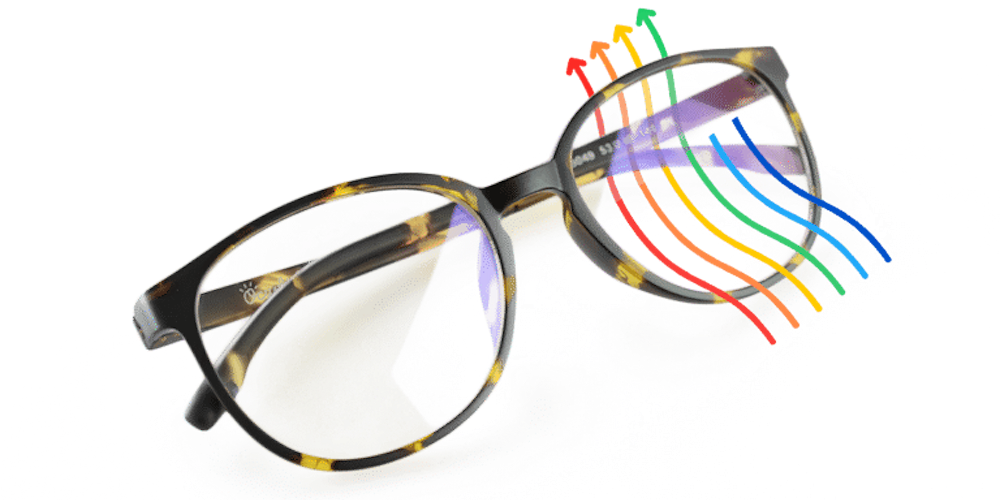
- Protect your eyes. Guard your eyes against blue light from LED light bulbs and smart device screens with these light-filtering glasses. ‘The glasses have a yellow-based pigment embedded within the lens, which absorbs blue light, plus an anti-reflective blue light coating on front and back surface to diffuse blue light,’ says Dhruvin Patel, the optometrist founder of Ocushield, who sell these Unisex Anti Blue Light Glasses (£39.99, pictured above).
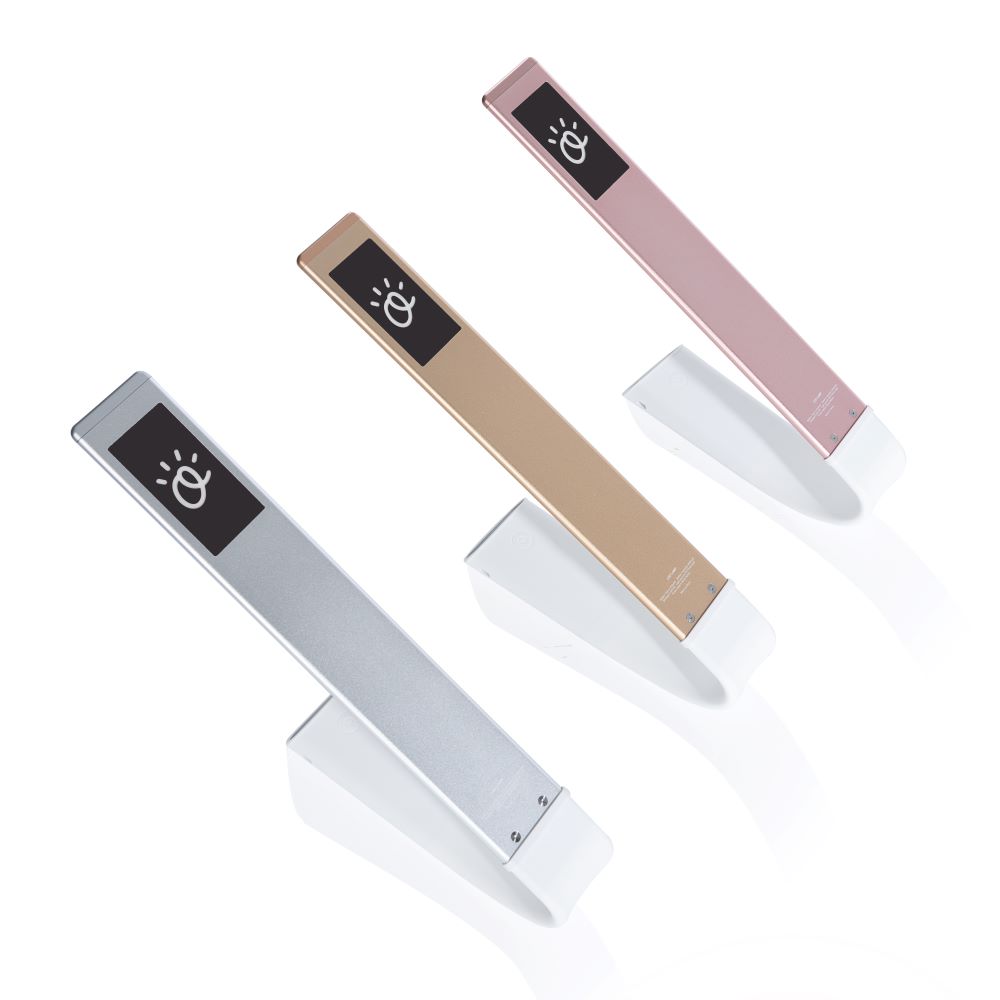
- Try a light-control lamp. Keep your circadian rhythm in balance by setting the light colour and intensity to suit the time of day with a light-control desk lamp. Use the cool white setting in the morning to help you wake up, the neutral white setting in the afternoon to reduce blue light and the strain on your eyes. Switch on the warm white setting in the evenings to get your body ready for sleep. Try Oculamp (£99, pictured above).
REFERENCES
1) https://www.nationalgrid.com/group/about-us/our-history/history-electricity-transmission-britain
2) https://news.uci.edu/2011/02/28/study-sheds-light-on-potential-risks-of-leds/
and https://www.scientificamerican.com/article/led-lightbulb-concerns/
3) https://www.exeter.ac.uk/news/featurednews/title_655460_en.html
4) https://medicalxpress.com/news/2019-05-eyes-health-authority.html
5) http://www.currentforce.co.uk/index.php/15-information/latest-news/138-health-risks-of-led-flicker

